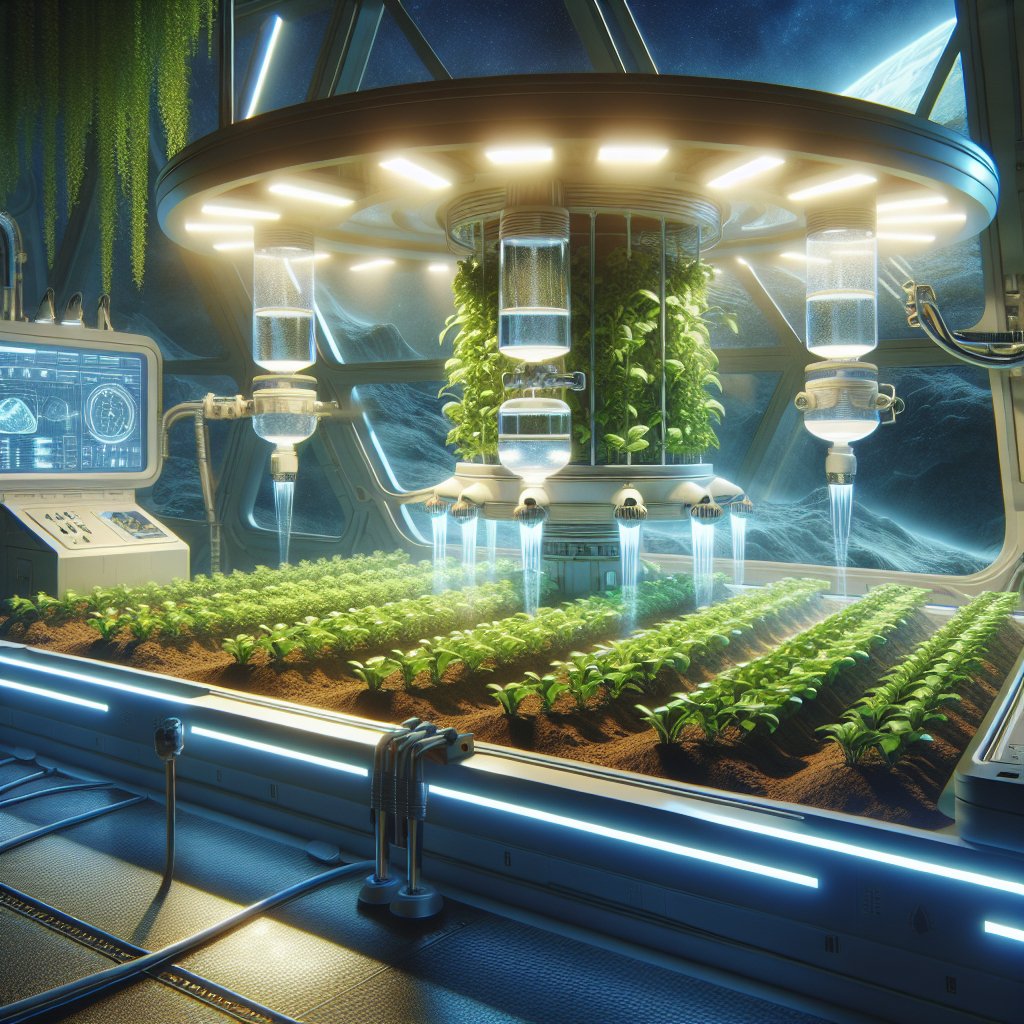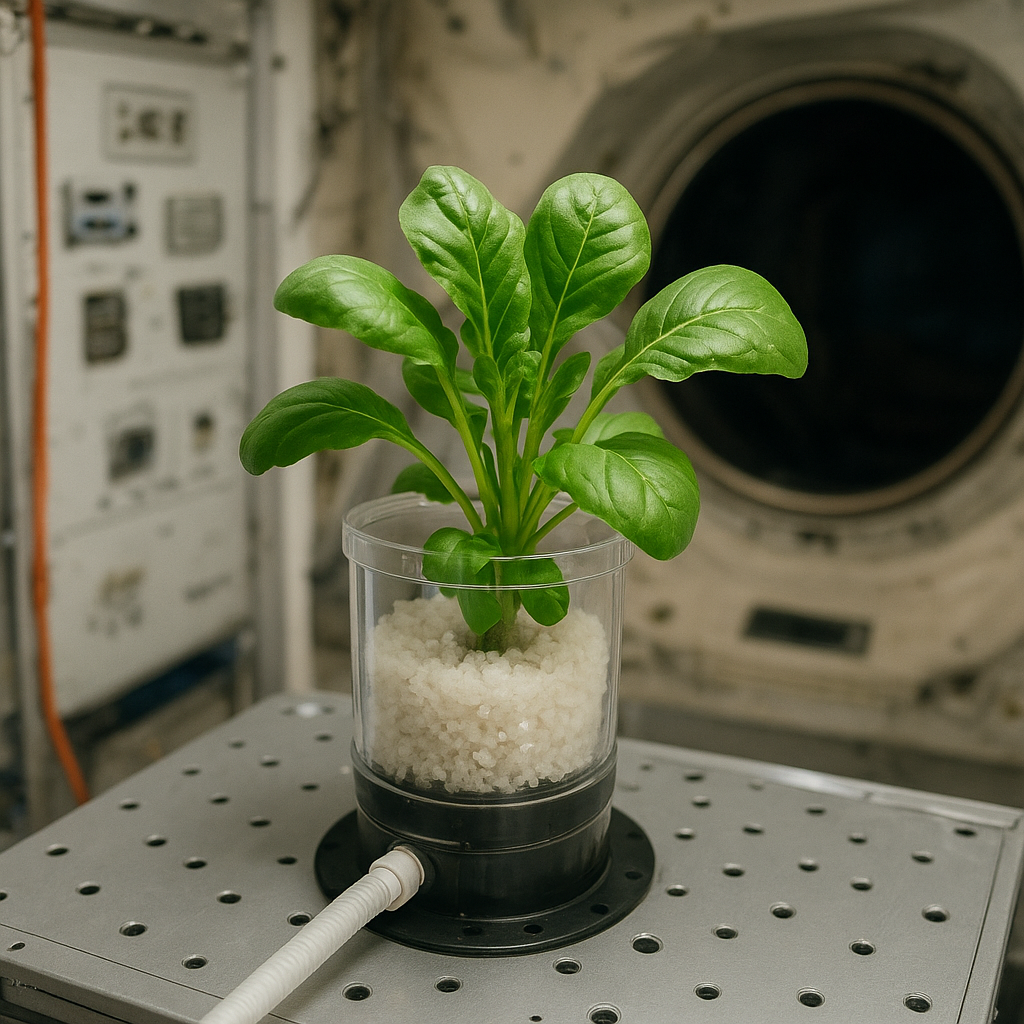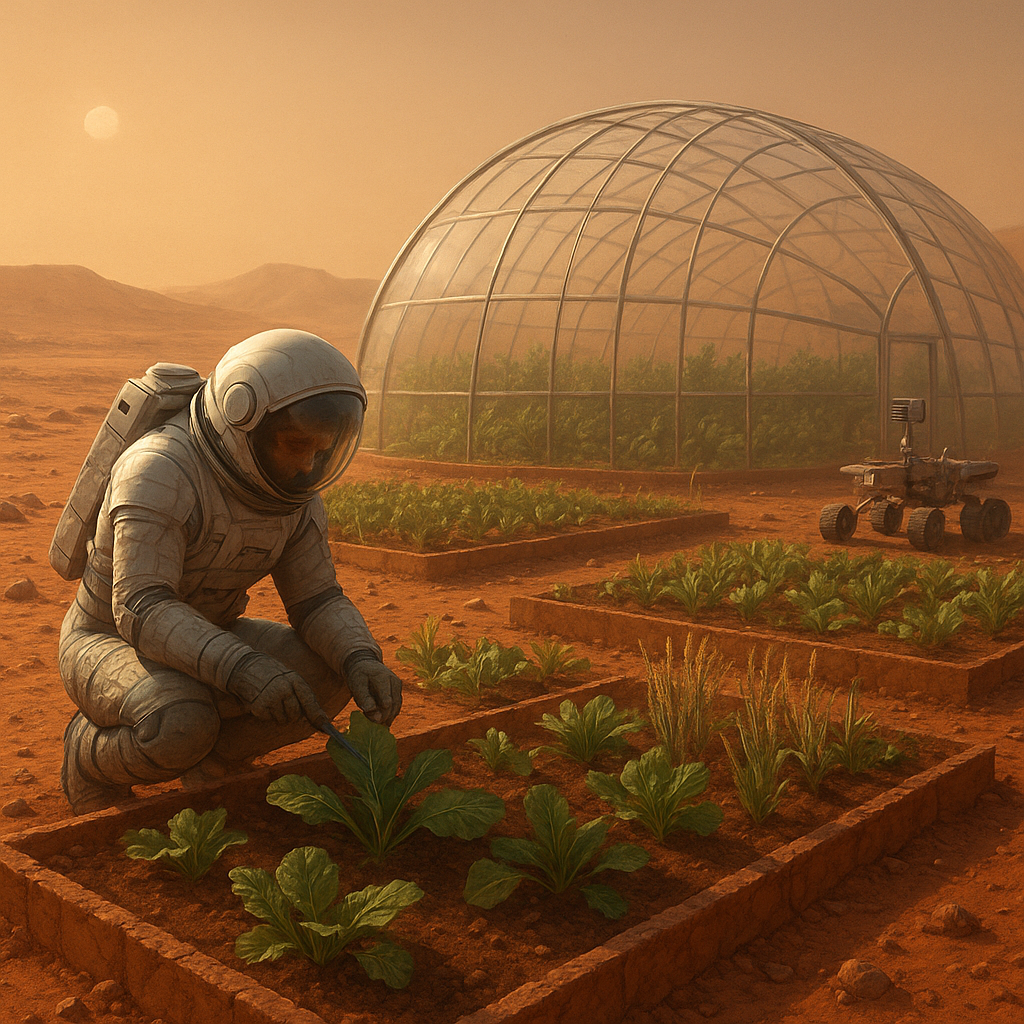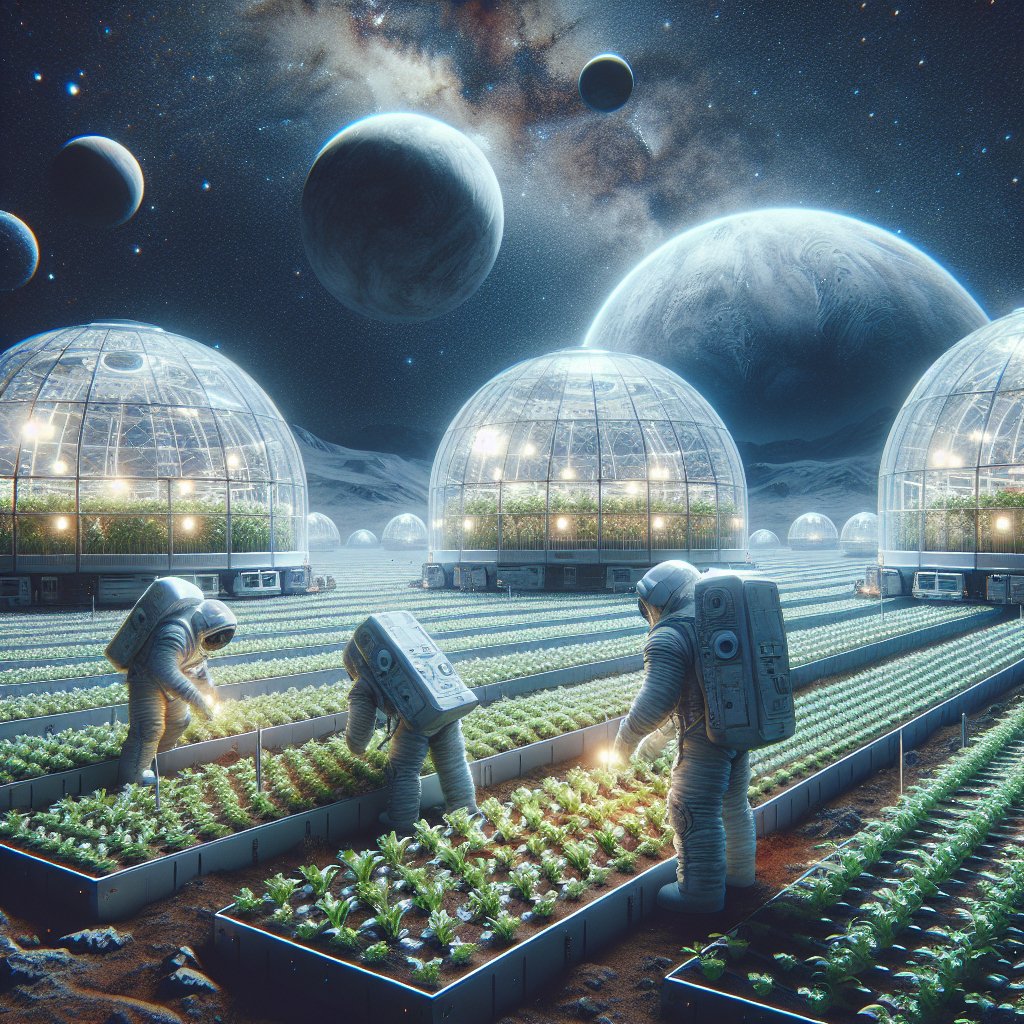How space farming can address the challenges of water scarcity is a pressing question as the world grapples with the dual crises of climate change and increasing population demands. As traditional agricultural practices face limitations due to dwindling water resources, innovative solutions are emerging from an unexpected frontier: outer space. This article explores the intersection of agriculture and space technology, examining how space farming can provide sustainable solutions to water scarcity on Earth.
The Concept of Space Farming
Space farming refers to the cultivation of crops in extraterrestrial environments, primarily aimed at supporting long-duration space missions, such as those to Mars or the Moon. However, the technologies and methods developed for space farming have significant implications for agriculture on Earth, particularly in regions facing severe water shortages. The concept encompasses various techniques, including hydroponics, aeroponics, and the use of advanced materials and systems designed to optimize resource use.
Hydroponics and Aeroponics
Hydroponics is a method of growing plants without soil, using nutrient-rich water solutions instead. This technique allows for precise control over the nutrients that plants receive, leading to faster growth rates and higher yields. Aeroponics takes this a step further by suspending plants in air and misting their roots with nutrient solutions, which can reduce water usage by up to 90% compared to traditional farming methods.
Both hydroponics and aeroponics are particularly advantageous in space farming, where water is a limited resource. The closed-loop systems developed for these methods can be adapted for use in arid regions on Earth, where water scarcity is a critical issue. By minimizing water waste and maximizing efficiency, these technologies can help farmers produce food in environments where conventional agriculture would be impossible.
Advanced Materials and Systems
In addition to innovative growing techniques, space farming relies on advanced materials and systems designed to optimize resource use. For instance, NASA has developed specialized growth chambers that utilize LED lighting to provide the optimal spectrum for plant growth while minimizing energy consumption. These technologies can be applied to Earth-based agriculture, particularly in urban settings where space and resources are limited.
Furthermore, the use of sensors and automation in space farming can enhance efficiency and reduce labor costs. By monitoring plant health and environmental conditions in real-time, farmers can make data-driven decisions that improve crop yields and reduce water usage. These smart farming techniques can be particularly beneficial in regions facing water scarcity, allowing for more precise irrigation and resource management.
Addressing Water Scarcity on Earth
The challenges of water scarcity are becoming increasingly urgent as climate change exacerbates droughts and alters precipitation patterns. According to the United Nations, by 2025, 1.8 billion people will live in areas with absolute water scarcity, and two-thirds of the world’s population could be living under water-stressed conditions. In this context, the lessons learned from space farming can provide valuable insights into sustainable agricultural practices that conserve water.
Implementing Space Farming Techniques
To effectively address water scarcity, it is essential to implement space farming techniques in regions most affected by water shortages. This can involve establishing hydroponic and aeroponic systems in urban areas, where traditional farming is often impractical due to space constraints. By utilizing vertical farming techniques, cities can produce food locally while significantly reducing water usage.
Moreover, governments and organizations can invest in research and development to adapt space farming technologies for terrestrial applications. Collaborations between agricultural scientists, engineers, and space agencies can lead to innovative solutions that enhance food security while conserving water resources. Educational programs can also play a crucial role in raising awareness about the benefits of these technologies and encouraging their adoption among farmers.
Case Studies and Success Stories
Several successful initiatives around the world demonstrate the potential of space farming techniques to address water scarcity. For example, in the United Arab Emirates, where water resources are extremely limited, vertical farms utilizing hydroponics have been established to produce fresh produce with minimal water usage. These farms not only provide food security but also serve as a model for sustainable agriculture in arid regions.
In the United States, NASA’s Veggie project has successfully grown crops on the International Space Station, providing valuable data on plant growth in microgravity. The insights gained from this research can be applied to improve agricultural practices on Earth, particularly in areas facing water scarcity. By understanding how plants respond to different environmental conditions, farmers can optimize their growing methods to conserve water and enhance yields.
The Future of Space Farming and Water Conservation
As the world continues to face the challenges of water scarcity, the future of space farming holds great promise. The technologies and methods developed for growing food in space can be adapted to meet the needs of farmers on Earth, particularly in regions where water is a precious resource. By embracing innovation and collaboration, we can create a more sustainable agricultural system that not only addresses food security but also conserves vital water resources.
Global Collaboration and Knowledge Sharing
To fully realize the potential of space farming in addressing water scarcity, global collaboration and knowledge sharing are essential. Countries facing similar challenges can work together to exchange ideas, technologies, and best practices. International partnerships can facilitate research and development efforts, leading to the creation of scalable solutions that can be implemented in various contexts.
Furthermore, engaging local communities in the adoption of space farming techniques is crucial. By providing training and resources, farmers can learn to implement these innovative methods in their own operations, leading to increased resilience against water scarcity. Community-based initiatives can also foster a sense of ownership and empowerment, encouraging sustainable practices that benefit both people and the environment.
Conclusion
How space farming can address the challenges of water scarcity is not just a theoretical question; it is a practical imperative for the future of agriculture. By leveraging the technologies and insights gained from space exploration, we can develop sustainable farming practices that conserve water and enhance food security. As we look to the stars for inspiration, we must also remember to apply these lessons here on Earth, ensuring a more resilient and sustainable future for all.




